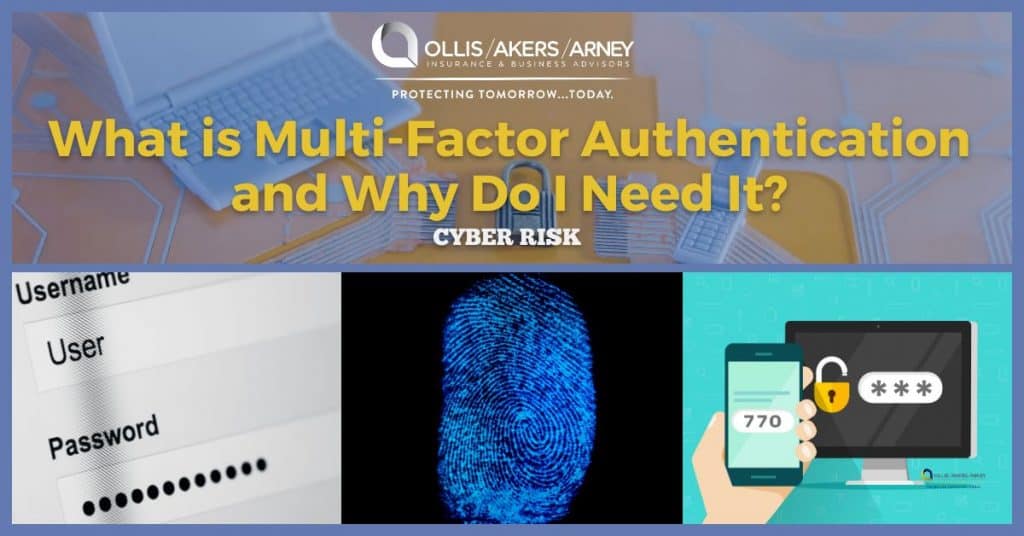What is Multi-Factor Authentication (MFA)?
Multi-factor Authentication (MFA) is an authentication method that requires the user to provide two or more verification factors to log in to an account. These factors could be a password, login code received via SMS text message or email and an authentication app on your phone. MFA is used to strengthen the security of user accounts by requiring more than one means (or factor) for proving you are who you say that are when logging in with something like a username/password combination. Having a username and password is just a single factor for logging in and MFA requires 2 or more factors. These additional factors could be a code sent to your phone or email or even a fingerprint.
Why is MFA Important?
In today’s world of data breaches and hacked accounts, a simple password just isn’t enough. Users need a way to protect themselves from unauthorized account access. Our online accounts are becoming more and more important in our daily lives. If a hacker gains access to your main email account it is simple for that person to then gain access to any account that also uses that email address and only a password for access by just requesting a password reset.
How Does MFA work?
An account that requires Multi-factor Authentication can not be access with only the common single factor normally used — username and password. Access would also require a one-time code generated from an MFA device, such as a text message or phone call or some biometric factor such as a fingerprint.
A hacker would have to not only breach your username and password but also intercept the second factor in order to be able to make any progress on hacking into that account. This extra step adds a layer of security that makes it very difficult for a hacker to get past to gain access into your account.
Three Main Types of MFA
There are three types of authentication factors that are frequently used to enable MFA. These are Something You Know, Something You Have, and Something You Are.
Something You Know
A password or passphrase is something you know. This is the most common type of authentication factor. Password strength has been such a significant issue that some companies are now enforcing new rules for their employees including complex passwords and expiration periods that enforce creating new passwords regularly.
Something You Have
Something You have could include apps on your smart phone such as the SMS/texting app or even an authenticator app. Your smartphone or other specific device like a tablet could also be used to provide this layer of authentication.
Something You Are
Biometric identification through a fingerprint, facial recognition or retina scan establishes something you are. Biometric identification is often used for physical access, but it could also be a second factor in an authentication scenario.
Next Step
Download this guide from Travelers about Multifactor Authentication Best Practices for some quick tips. To ensure you have the necessary safeguards in place to protect your business, employees and clients from cyberattacks, contact Ollis/Akers/Arney Insurance & Business Advisors today.
[elementor-template id=”3911″]


